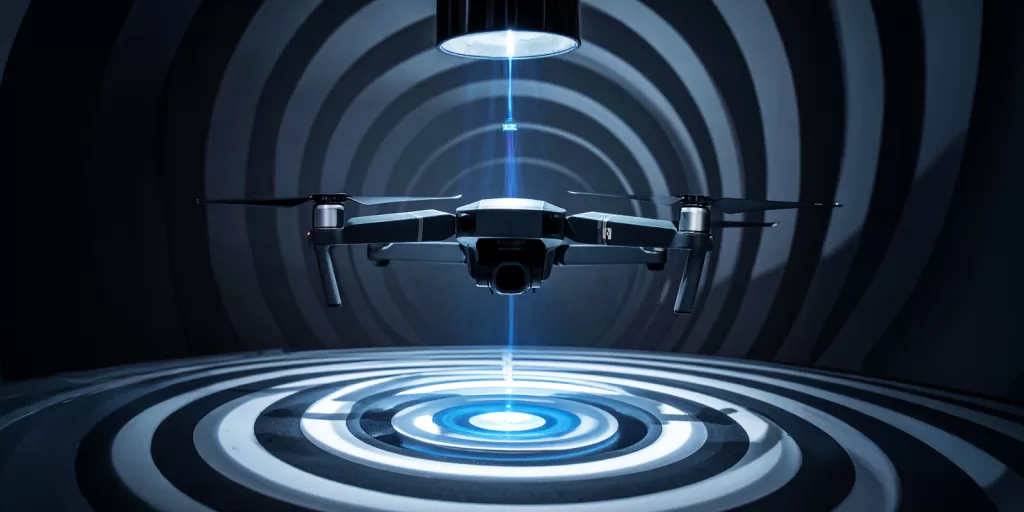
Technology in real estate is moving fast. From immersive 3D tours to instant digital staging, it’s no longer your grandmother’s MLS. Artificial intelligence (AI) is now embedded into almost every corner of real estate marketing—and naturally, drone pilots and real estate photographers are asking: does this mean we’re being replaced?
The short answer? Not if you understand where your value lies.
The Rise of AI in Real Estate Visuals
Big players like Zillow are aggressively rolling out AI-powered tools that make listings more interactive and immersive.
- Virtual Staging at Scale: Zillow acquired Virtual Staging AI in early 2024 and integrated it directly into its premium Showcase listings. With one click, buyers can toggle between different furniture styles—modern, farmhouse chic, or a blank slate—instantly reimagining a room. According to Zillow, these listings sell for $7,000 more on average and agents using them win 30% more new listings.
- Sky Tour Aerial Views: Zillow also introduced “Sky Tour,” an AI-generated aerial perspective built from satellite data and 3D models. Buyers can pan around a property from above without ever hiring a drone pilot.
For agents, the value is clear. For photographers and drone pilots, the disruption feels more complicated.
Are Drones at Risk of Becoming Commodities?
If a platform like Zillow can generate a decent aerial view at no additional cost, it forces an uncomfortable question onto the table: why should a real estate agent hire a drone pilot?
The truth is, basic aerial imagery is at risk of being commoditized. Just as instant AI staging tools are beginning to undercut traditional staging businesses, AI-generated aerial simulations could chip away at entry-level drone services. Agents who only want a quick roof shot or a simple bird’s-eye view may increasingly rely on automated platforms instead of hiring a professional.
But here’s the critical distinction: basic is not premium. A computer can mimic the mechanics of flight, but it can’t replace the artistry, strategy, and emotional impact that a skilled drone operator delivers. Premium content isn’t just about showing what a property looks like—it’s about telling a story that resonates with buyers, sparks emotion, and drives higher offers.
That’s why successful drone pilots will be the ones who shift away from offering “just images” and move toward providing complete, cinematic marketing experiences. As AI pushes the baseline lower, professionals who emphasize quality, storytelling, and service will stand out even more.
Where Human Drone Pilots Still Win
AI can generate overheads. It can simulate perspectives. What it can’t do—at least not yet—is replicate the artistry, precision, and human connection that professional drone pilots bring to the table. This is where independent operators maintain a clear and valuable edge.
1. Cinematic Storytelling
AI-generated “Sky Tours” offer orientation. A Zillow flyover can show the outline of a property and its roof. But storytelling is more than direction—it’s emotion. A skilled drone pilot captures the golden-hour glow washing across a home, stages a smooth reveal of an oceanfront view, or integrates shots that highlight both the property and the lifestyle it represents. This cinematic approach is what makes a listing memorable and persuasive, not just informational.
2. Unique Perspectives
Real estate isn’t flat, and neither is the marketing that sells it. Professional drone pilots bring in techniques AI can’t match: interior flythroughs that glide seamlessly from room to room, close-up reveals of architectural details, and dynamic sweeps that connect estates to surrounding landscapes. Advanced services like 3D mapping, construction progress visuals, and neighborhood context shots require both technical skill and creative vision—things AI still struggles to execute convincingly.
3. Quality Control
AI is data-driven. It pulls from stock imagery, stitched maps, and algorithmic renderings. But it doesn’t wait for the right light, adjust for harsh shadows, or frame a shot with precision. Drone pilots control variables like weather, timing, camera settings, and composition, ensuring that every frame flatters the property. That human attention to detail is what makes the difference between a listing that looks generic and one that stands out as premium.
4. Client Relationships
Perhaps the biggest edge isn’t technical—it’s human. Real estate is built on trust and relationships. Agents value professionals who listen, adapt, and solve problems on the fly. Whether it’s accommodating last-minute requests, suggesting creative marketing angles, or simply showing up with professionalism and reliability, drone pilots offer a level of service AI can’t replicate. At the end of the day, people buy from people, not from algorithms.
In short, AI can enhance real estate marketing, but it can’t replace the craft, vision, and human connection that professional drone pilots bring. The future isn’t about drones versus AI—it’s about how drone pros use their unique strengths to deliver value that algorithms can’t replicate.
How to Stay Indispensable in an AI World
The rise of AI doesn’t mean drone pilots and real estate media providers are obsolete—it means the bar is higher. Instead of resisting change, the smartest professionals adapt, specialize, and integrate new tools into their workflow. Here’s how to stay indispensable:
1. Specialize
Generic aerials are easier for AI to replicate, but premium storytelling is not. Focus on niches where detail, artistry, and authenticity matter. This could mean creating cinematic lifestyle videos for luxury listings, staging historic homes with period accuracy, or tailoring drone packages to highlight premium properties in a way that elevates them above the MLS standard. By carving out a specialty, you become the “go-to” expert rather than another interchangeable provider.
2. Integrate Design & Marketing
Agents are busy—and they value convenience. Instead of selling photos or drone videos as one-offs, package them together into complete marketing solutions. Think property photography + cinematic drone video + virtual staging + ready-to-post social media reels. This “all-in-one” approach saves agents time, makes their marketing look more professional, and positions you as a partner in their success, not just a vendor.
3. Leverage AI Yourself
The best way to compete with AI is to use it. AI can handle repetitive, behind-the-scenes work: background edits, lighting corrections, first-draft staging mockups, or even quick social media templates. That frees up your schedule for high-value creative work—planning cinematic shoots, client consultations, and developing new service offerings. By adopting AI as an assistant, you increase efficiency without sacrificing artistry.
4. Target Niches Where AI Falls Short
AI is at its best when tasks are generic. It struggles with nuance, creativity, and human judgment. That’s your opportunity. Focus on markets where precision and storytelling matter most: luxury estates, architecturally unique homes, coastal or mountain properties, or specialized buyer demographics. In these areas, clients will pay more for custom, human-crafted media that captures what makes a property one-of-a-kind.
The bottom line is this: AI will keep reshaping real estate marketing, but it can’t replace the vision, strategy, and creativity of human professionals. By specializing, integrating services, leveraging AI as a tool, and targeting niches where nuance matters, drone pilots can transform disruption into opportunity—and position themselves as essential partners in the next chapter of real estate.
Takeaway
AI is reshaping real estate marketing, no question. Zillow’s Showcase listings prove that. But disruption doesn’t equal replacement. Instead, it forces independent providers to rethink what premium really means. Drone pilots who focus on cinematic property storytelling, unique technical capabilities, and strong client relationships won’t just survive this shift—they’ll thrive. The future isn’t drones versus AI. The future belongs to professionals who know how to combine human creativity with the efficiency of new tools.
So, are drones being replaced by AI? No. They’re being challenged to evolve. And the winners will be those who rise above “basic” and redefine premium. 😉 T
If you have any questions, let us know! If you’d like to hire us, you can get more information here.
Written by: Tony Marino, MBA – FAA Certified Part 107 Commercial Drone Pilot and Chief Business Strategist at Aerial Northwest
Disclaimer: The information provided in this blog post is for general informational purposes only and should not be construed as legal advice.
Resources
FAA Resources: FAA DroneZone
Article: What Does it Mean to Decode the Drone Industry?
Article: Pitch Perfect: Guide for Drone Pilots to Get Jobs
Drone Service Providers Alliance
Commercial Drone Alliance
Starting Your Own Drone Service Business
Pick up your copy today on Amazon and wherever fine books are sold.
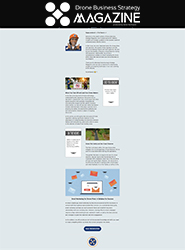
DRONE BUSINESS STRATEGY MAGAZINE
A free digital publication made exclusively for all small business drone pilots to them help start-up, become profitable while sustaining a competitive advantage within the drone service industry sector they opt to serve.
“If you love to fly, we’d love to have you come aboard!”
We share your information with no one. Our Privacy Policy.


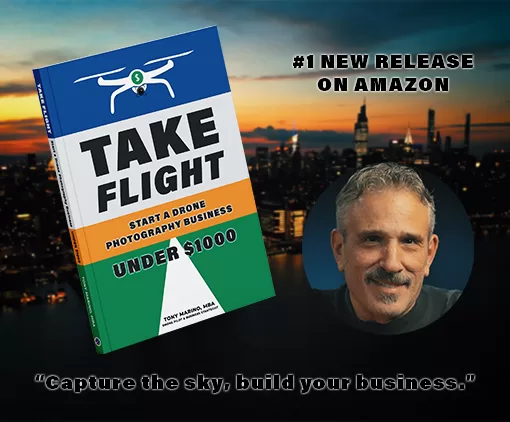
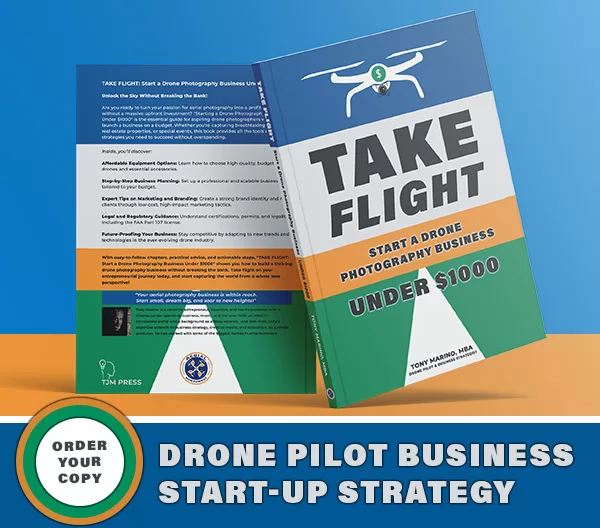





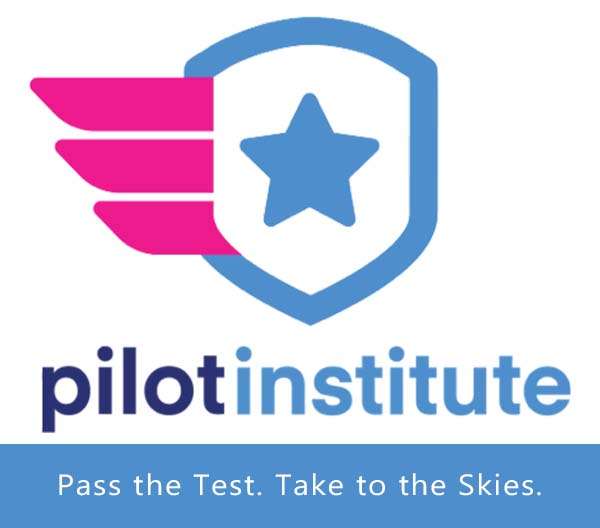
2 Comments
Leave your reply.